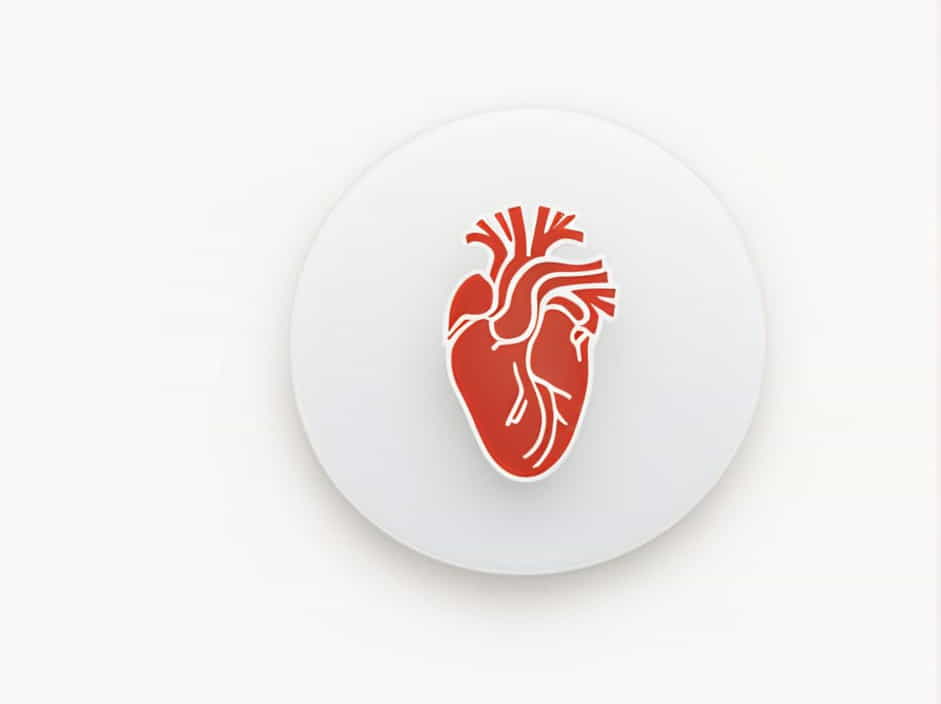The circulatory system is essential for transporting nutrients, oxygen, and waste throughout an organism’s body. There are two main types of circulatory systems: the open circulatory system and the closed circulatory system.
An open circulatory system is found in many invertebrates, where blood (or hemolymph) is not confined within vessels but flows freely within body cavities. This system differs significantly from the closed circulatory system, which is found in vertebrates and some invertebrates, where blood is enclosed within vessels.
In this topic, we will explore what an open circulatory system is, which animals have it, how it functions, and its advantages and disadvantages.
What Is an Open Circulatory System?
In an open circulatory system, blood is not completely enclosed within blood vessels. Instead, it flows into open spaces called sinuses or hemocoels, where it directly bathes the organs and tissues.
Key Features of an Open Circulatory System:
- Blood, known as hemolymph, flows freely in body cavities.
- There is no distinction between blood and interstitial fluid.
- The heart pumps hemolymph into sinuses, where it comes in direct contact with organs.
- After delivering nutrients and oxygen, hemolymph returns to the heart through open-ended vessels or small pores (ostia).
- Blood pressure is usually low due to the absence of confined vessels.
This system is simpler and less energy-intensive compared to a closed circulatory system, making it ideal for organisms with lower metabolic demands.
Which Organisms Have an Open Circulatory System?
The open circulatory system is found in various invertebrates, particularly arthropods and mollusks.
1. Arthropods
Arthropods, including insects, crustaceans, and arachnids, rely on an open circulatory system.
Examples:
- Insects (e.g., grasshoppers, ants, butterflies)
- Crustaceans (e.g., crabs, lobsters, shrimp)
- Arachnids (e.g., spiders, scorpions)
How It Works in Insects:
- The dorsal heart pumps hemolymph into the body cavity.
- Hemolymph bathes the organs, delivering nutrients and oxygen.
- It re-enters the heart through small openings called ostia.
- Unlike vertebrates, insects rely on a tracheal system for oxygen exchange rather than the circulatory system.
2. Mollusks
Many mollusks also have an open circulatory system, but some, like cephalopods, have a closed system.
Examples:
- Gastropods (e.g., snails, slugs)
- Bivalves (e.g., clams, oysters, mussels)
Circulation in Mollusks:
- A simple heart pumps hemolymph through arteries into open sinuses.
- Oxygen is absorbed through gills or the mantle.
- Hemolymph eventually flows back to the heart through open-ended vessels.
Comparison: Open vs. Closed Circulatory Systems
| Feature | Open Circulatory System | Closed Circulatory System |
|---|---|---|
| Presence of blood vessels | Blood flows freely in sinuses | Blood enclosed in vessels |
| Blood pressure | Low | High |
| Speed of circulation | Slow | Fast |
| Efficiency | Less efficient for oxygen transport | More efficient for oxygen transport |
| Examples of organisms | Insects, crustaceans, mollusks | Mammals, birds, fish, amphibians |
Advantages of an Open Circulatory System
Despite being less efficient than a closed system, an open circulatory system has several advantages:
-
Requires Less Energy
- Since hemolymph moves freely, less energy is needed to pump blood.
- This is ideal for animals with lower metabolic rates.
-
Better Adaptation for Certain Lifestyles
- Many insects rely on their tracheal system for respiration, making a complex circulatory system unnecessary.
- Crustaceans and mollusks can survive in varied environments without requiring high oxygen efficiency.
-
Simple and Flexible
- The open system allows organisms to function even if some parts of the body are damaged.
- For example, if an insect loses a limb, it does not disrupt circulation significantly.
Disadvantages of an Open Circulatory System
While energy-efficient, this system has limitations:
-
Slow Blood Flow
- Since there are no closed vessels, circulation is slower.
- This can limit the organism’s ability to transport nutrients and oxygen efficiently.
-
Limited Oxygen Supply
- Organisms with an open system cannot sustain high energy activities like flying for extended periods.
- This is why insects rely on their tracheal system for oxygen transport rather than their circulatory system.
-
Lower Blood Pressure
- The lack of blood vessels means pressure is not maintained, making circulation less effective.
Why Do Vertebrates Have a Closed Circulatory System?
Vertebrates, such as mammals, birds, fish, and amphibians, require higher oxygen levels and faster nutrient transport. This is why they evolved a closed circulatory system, where blood is continuously pumped through arteries, veins, and capillaries.
A closed system:
- Supports higher metabolic rates needed for movement and energy production.
- Maintains higher blood pressure, allowing faster circulation.
- Efficiently delivers oxygen and removes waste from tissues.
An open circulatory system is present in many invertebrates, including arthropods (insects, crustaceans, arachnids) and mollusks (snails, clams, oysters). This system allows hemolymph to flow freely in body cavities, providing nutrients and oxygen directly to tissues.
While less efficient than a closed circulatory system, it is energy-efficient and well-suited for animals with lower metabolic demands. However, it limits oxygen transport speed and blood pressure, making it unsuitable for highly active organisms like mammals and birds.
Understanding how different circulatory systems function helps us appreciate the diversity of life and evolution in the animal kingdom.
